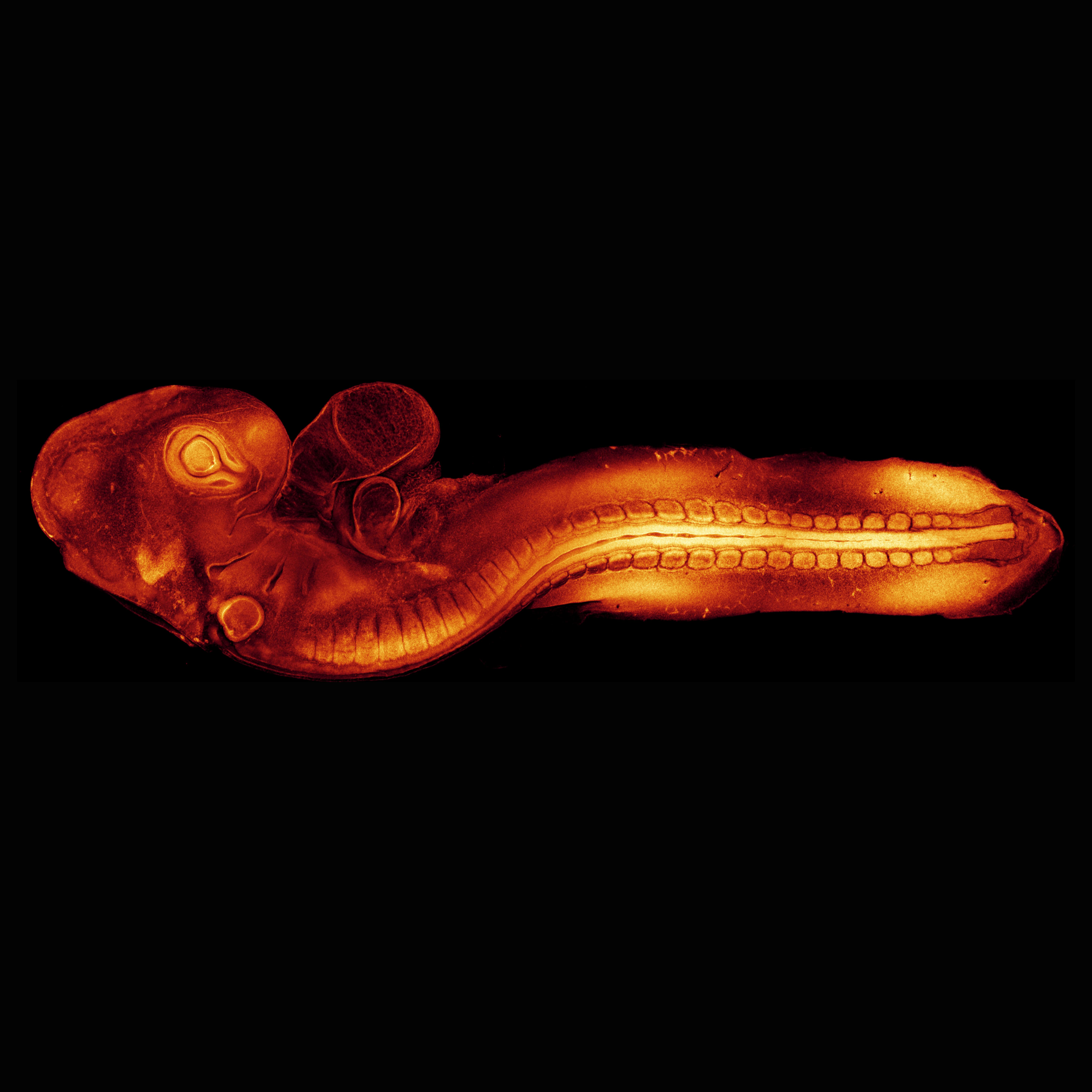The spine is made up of stacked vertebrae, connected by joints. This allows the vertebrae to move relative to each other.
The vertebral column is a column of bones that make up the axial skeleton (‘axis skeleton‘), a frame that provides firm yet supple support to the body torso and also protects the fragile spinal cord in the spine.
The spine consists of 33 vertically stacked vertebrae. The vertebrae are connected by facet joints at the back of the spine. These joints ensure that the vertebrae can move relative to each other. The vertebrae are stabilized by connective tissue and, more importantly, they are separated from each other by intervertebral discs, which act as shock absorbers.
The spinal column can be divided into 5 parts: (from top to bottom) 7 cervical vertebrae, 12 thoracic vertebrae, 5 lumbar vertebrae, the sacrum (the 5 sacral vertebrae) and the tail or coccyx, which consists of 4 vertebrae. It spinal cord runs through a channel in the back of the vertebrae, from the brainstem to the lumbar vertebrae. Nerves branch out from the spinal cord and transmit signals throughout the body, carrying commands for movement and other bodily functions.
Anatomically, the shape of an adult’s spine has four curvatures. The thoracic vertebrae and the sacrum are curved slightly anteriorly, the cervical and lumbar vertebrae posteriorly. This unique shape allows the spine to bear the weight of the human body.

















